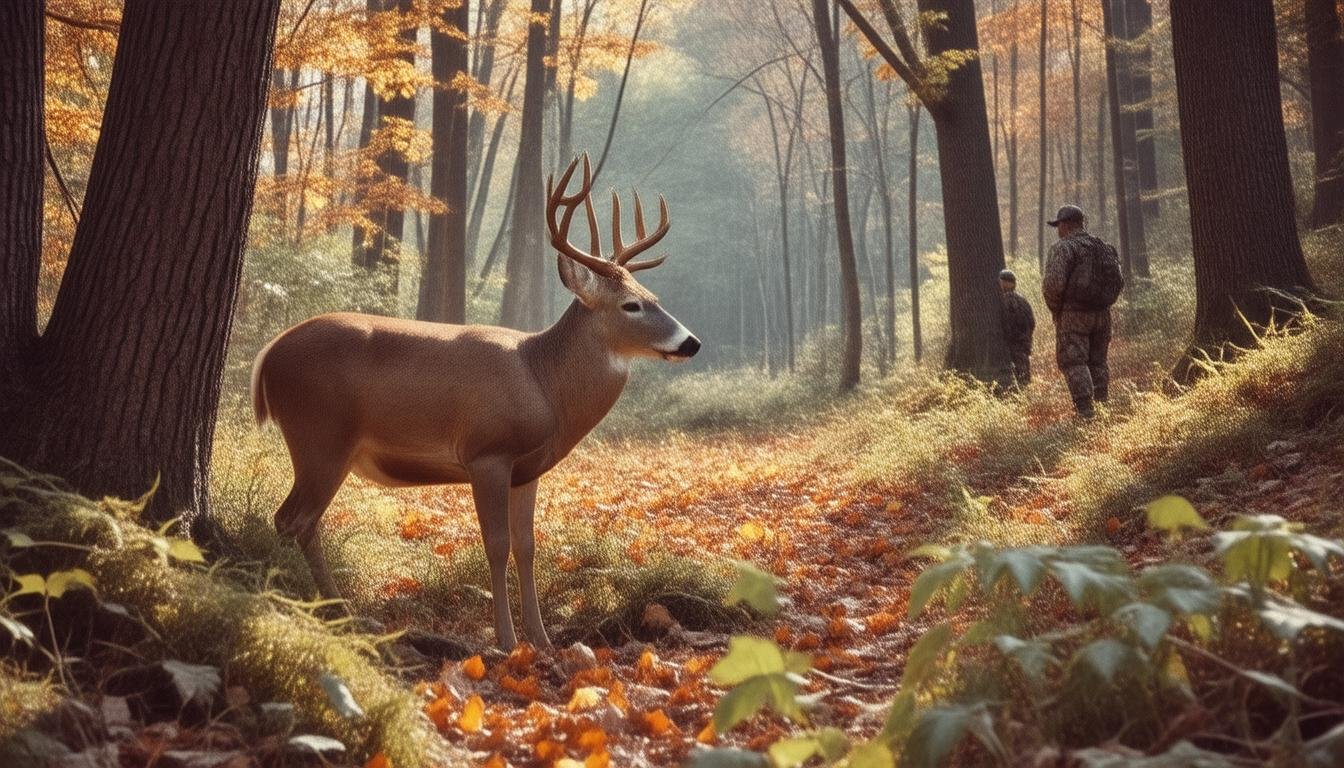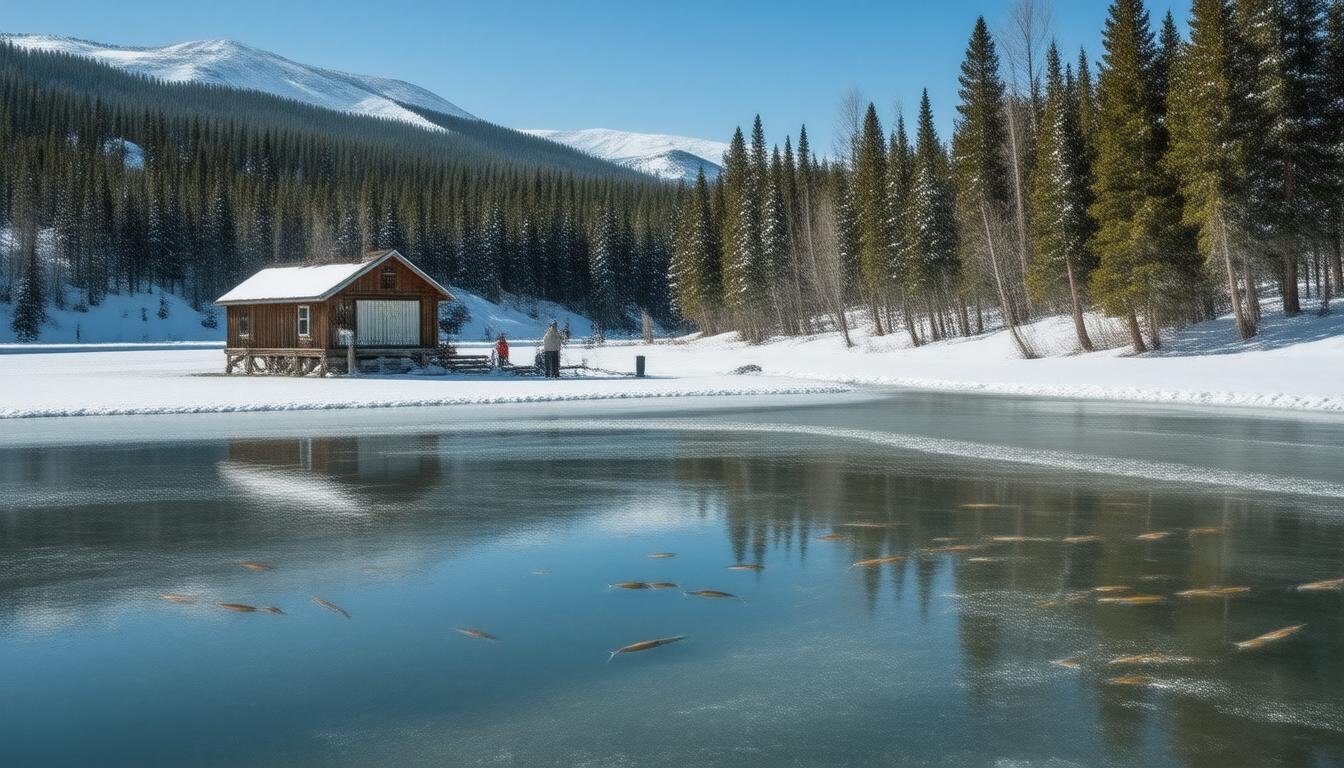On a fateful evening in September 2019, terror struck Red Pine Island, Ontario, Canada, when a 62-year-old woman, Catherine Sweatt-Mueller, was fatally attacked by a black bear, shattering the tranquility of the secluded retreat. The frantic barking of her dogs alerted her to the bear's presence, but it was too late. The brutal attack left Sweatt-Mueller lifeless, a grim reminder of the dangers that exist in areas with wild animal populations. As the full story unfolds, the importance of awareness, preparation, and proactive measures in bear country becomes crystal clear, setting the stage for a crucial exploration of the risks and consequences of wildlife encounters.
Key Takeaways
- A fatal bear attack on Red Pine Island, Ontario, Canada, claimed the life of Catherine Sweatt-Mueller in 2019, highlighting the importance of awareness and preparation.
- Black bears have killed 63 people since 1900, emphasizing the need for caution and understanding of bear behavior in bear country.
- To avoid fatalities, it's essential to know local wildlife, remain vigilant, and carry bear spray or a sidearm to minimize the occurrence of devastating attacks.
- Recognizing the complexities of black bear behavior, such as their adaptability and attraction to food sources, can help navigate shared spaces and reduce the risk of attacks.
- Understanding the importance of awareness, preparedness, and proactive measures can help mitigate the risks of devastating encounters in bear habitats.
Island Retreat Horror Unfolds
On a fateful evening in September 2019, the tranquility of Red Pine Island on Rainy Lake in Ontario, Canada, was shattered when Catherine Sweatt-Mueller, a 62-year-old woman, ventured out into the darkness to investigate her frantic dogs, only to be fatally attacked by a black bear. The island, once a serene retreat, was transformed into a scene of island nightmares, where secluded terror lurked in the shadows. The darkness was oppressive, heavy with the weight of unseen dangers. The silence was broken only by the frantic barking of the dogs, a desperate cry for help that would go unanswered. In this idyllic setting, a horror unfolded, a reminder that even in the most secluded of places, terror can strike without warning.
Deadly Bear Attack Details
As Catherine Sweatt-Mueller stepped into the darkness, her dogs' frantic barking still echoing in her ears, she unwittingly walked into the deadly path of a black bear, which would soon shatter the tranquility of Red Pine Island forever. The attack was swift and brutal, leaving Sweatt-Mueller lifeless. This tragic incident highlights the importance of awareness and preparation in bear country. According to Bear Attack Statistics, black bears have killed 63 people since 1900. To avoid such fatalities, it's essential to heed Wilderness Survival Tips: know the local wildlife, remain vigilant, and carry bear spray or a sidearm. By understanding the risks and taking necessary precautions, we can minimize the occurrence of such devastating attacks.
Understanding Black Bear Behavior
Sixty-three human fatalities since 1900 underscore the importance of understanding black bear behavior, a pivotal aspect of coexisting with these powerful predators in their natural habitat. To mitigate the risk of encounters, it is essential to recognize the key factors driving their behavior. Three essential considerations:
- Bear Habitat: Black bears thrive in diverse environments, from forests to tundras, and are highly adaptable to human-altered landscapes.
- Food Sources: Omnivorous black bears are attracted to food sources like berries, nuts, and insects, which can bring them into conflict with humans.
- Scavenging: Black bears are skilled scavengers, exploiting carrion and human waste, leading to opportunistic feeding behavior.
Understanding these factors is critical for minimizing conflicts and promoting peaceful coexistence in bear habitats. By recognizing the complexities of black bear behavior, we can better navigate shared spaces and reduce the risk of devastating attacks.
Investigation and Response Efforts
Responding officers arrived on the scene to find the woman deceased, and their subsequent investigation revealed a predatory attack, with the bear standing over the victim's remains, underscoring the importance of swift and effective response efforts in the face of deadly bear encounters. The officers' prompt Emergency Response and adherence to Officer Protocol guaranteed that the situation was brought under control, preventing further harm to others on the island. The investigation's findings highlighted the gravity of the attack, emphasizing the need for preparedness and effective response strategies in areas with bear populations. By studying this incident, authorities can refine their response tactics, ultimately saving lives in the face of future bear attacks.
Preventing Future Bear Attacks
By understanding the catalysts behind bear attacks, such as the presence of food or habituation, residents and visitors can take proactive measures to prevent future tragedies, ensuring a safer coexistence with these powerful predators. To minimize the risk of encounters, it is vital to employ effective bear-proofing strategies. 1. Secure Food and Trash: Store food and trash in airtight containers, and keep them away from campsites and living areas. 2. Implement Attack Protocols: Develop and rehearse emergency response plans, including evacuation procedures and first aid protocols. 3. Conduct Regular Bear Safety Training: Educate residents and visitors on bear behavior, attack prevention, and response strategies.
Similar Tragic Wildlife Encounters
In the unforgiving domain of wildlife encounters, tragedy can strike without warning, leaving devastating consequences in its wake. Fatal encounters with wildlife are a harsh reminder of the dangers that lurk in the great outdoors. The recent attack on Red Pine Island is a stark reminder of the perils that exist in areas with wild animal populations. Similarly, a Colorado woman was killed by a black bear while walking her dogs in 2021, and an Alberta woman met a tragic end while planting trees in the same year. These wildlife tragedies serve as a grim reminder of the importance of awareness and preparedness when venturing into areas inhabited by wild animals.
Importance of Wildlife Awareness
Amidst the untamed beauty of the wilderness, where humans intersect with wild animals, a heightened sense of awareness is essential to preventing devastating encounters. As we venture into the great outdoors, it's imperative to acknowledge the inherent risks of wildlife encounters. To mitigate these risks, it's essential to:
- Recognize habitats and patterns: Understanding the habitats and patterns of local wildlife can help you anticipate potential encounters.
- Stay informed and prepared: Stay up-to-date on local wildlife sightings and be prepared with the necessary safety gear, such as bear spray or a sidearm.
- Exercise environmental stewardship: By respecting wildlife habitats and practicing responsible environmental stewardship, we can reduce the likelihood of devastating encounters.
Living Safely in Bear Country
How can we navigate the untamed wilderness of bear country, where the majestic beauty of these creatures coexists with the ever-present threat of attack? Living safely in bear country requires a combination of awareness, preparation, and proactive measures. Bear proofing homes by securing trash, removing attractants, and installing electric fencing can substantially reduce the risk of encounters. Outdoor preparedness is also essential, involving knowledge of bear behavior, carrying bear spray, and traveling in groups. By taking these steps, we can minimize the danger of bear attacks and peacefully coexist with these magnificent creatures. By being proactive and aware, we can enjoy the beauty of bear country while respecting the power and majesty of these incredible animals.
Frequently Asked Questions
Can I Carry Firearms in Canadian National Parks to Protect Myself From Bears?
In Canadian national parks, firearms are prohibited, prioritizing Bear Safety through education and preventative measures. Instead, Park Regulations emphasize carrying bear spray and adhering to safety guidelines to minimize encounters and promote a safe coexistence with wildlife.
How Often Do Black Bears Attack Humans in Ontario, Canada?
In Ontario's vast wilderness, black bears lurk, their encounters with humans a rare, yet heart-pounding experience. In rural habitats, attacks are scarce, occurring approximately 1-2 times annually, underscoring the importance of preparedness in these untamed territories.
Are There Bear-Proof Trash Cans Available for Personal Use?
Yes, bear-proof trash cans are available for personal use, offering an essential layer of protection against wildlife attractants. Look for certified Bear Resistant containers, adhering to Wildlife Management standards, to securely store waste and prevent unwanted encounters.
Can I Use Pepper Spray on a Bear in Canada?
In the heart of Canada's wilderness, a vital question emerges: can I use pepper spray on a bear? Yes, but cautiously, as bear behavior dictates a nuanced approach; spray regulations vary by province, emphasizing education over reaction.
Are There Any Bear Attack Survivor Support Groups Available?
For survivors of bear attacks, specialized support groups and therapy sessions, such as bear therapy, are essential for trauma healing, providing a safe space to process emotions and overcome the psychological scars of a brutal encounter.
Conclusion
As the tranquil facade of Red Pine Island shatters, a haunting reality emerges: complacency can be deadly. The fatal bear attack serves as a jarring reminder that humans are not the apex predators in the wild. It is imperative to acknowledge the dangers lurking in the shadows, to respect the power of nature, and to take proactive measures to prevent such tragedies from occurring. Only through awareness and preparedness can the delicate balance between humans and wildlife be maintained, and the horrors of September 1, 2019, avoided in the future.









